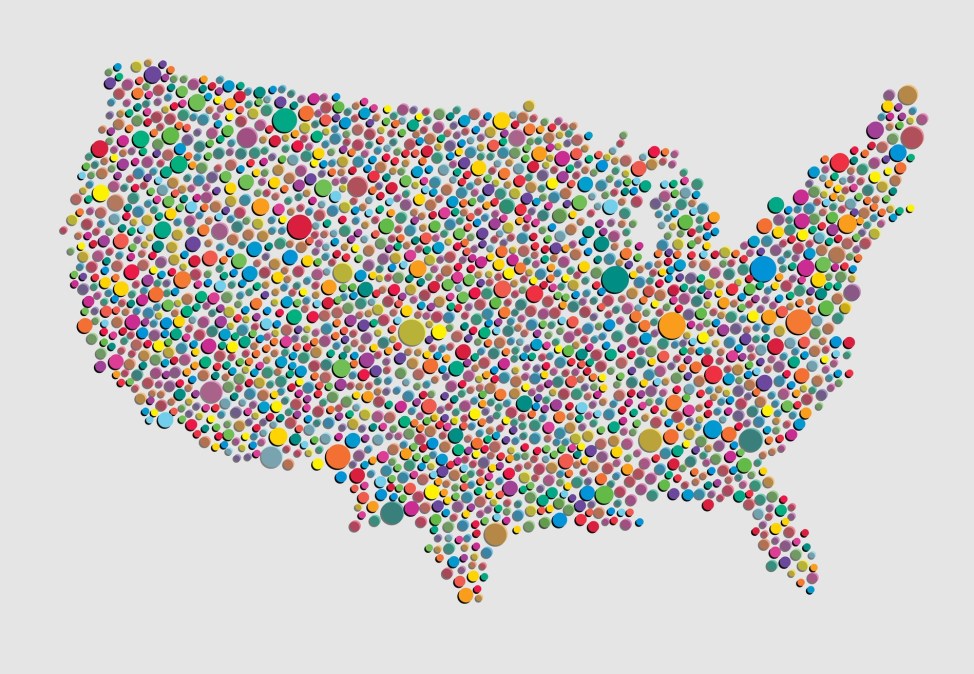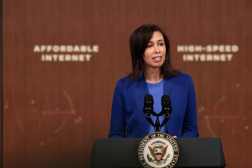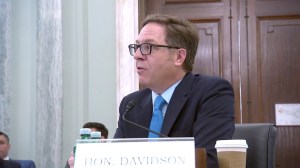FCC approves a more accurate broadband data collection method

The Federal Communications Commission on Thursday voted to approve a new, more accurate broadband data collection method, nearly one year after first voting to improve the data collection process.
FCC will use the new method, called the Digital Opportunity Data Collection, to disperse an estimated $4.4 billion to telecommunications companies to improve rural broadband over the next 10 years. The new methodology relies on telecommunications companies submitting polygonal, granular maps of their coverage areas that detail the download speed, upload speed and service-providing technology in each area. The process is expected to produce a more accurate picture of where people have broadband coverage than the current data collection method, which divides coverage areas by census block, allowing providers to overstate their coverage areas.
Thursday’s vote also ensured that the FCC will develop a broadband coverage feedback portal, where state, local and tribal groups will be able to contribute their broadband availability data and offer input on the maps submitted by telecommunications companies. The portal will gather the crowdsourced data to help the FCC verify the accuracy of the provider-submitted maps, and FCC Chairman Ajit Pai said that consumers will also be able to challenge the accuracy of those maps through an online process. The FCC also announced it’s still seeking public comment on different ways to incorporate public feedback on the maps.
Though Pai hinted at the new data collection process in June of last year, Congress only pushed the commission to move forward with it in March, when it passed the Broadband Deployment Accuracy and Technology Availability Act, or Broadband DATA Act. That law told the FCC that it had to adopt a new set of data collection rules and allow for states to challenge broadband coverage maps that did not reflect actual coverage areas. Pai said in a statement on Thursday that Congress still needs to provide funds for the FCC to actually implement the new data collection methodology.
“While today’s item is a significant step forward that sets many of the standards for the next generation of broadband maps, Congress has yet to provide the funding we need for implementing the necessary systems for collecting and processing providers’ coverage data, developing the nationwide fabric of serviceable locations, or conducting the in-depth verification and challenge processes that will ensure the reliability of the maps,” Pai said.
If Congress chooses to fund the Broadband DATA Act, the FCC will use the new data collection method to find out what parts of the country are underserved by broadband providers, rather than identify places that lack access to any provider at all. But Pai and FCC Commissioner Jessica Rosenworcel still disagree on whether the FCC needs to spend money before it improves its maps.
“We have this backwards,” Rosenworcel wrote in her statement. “We are giving out funding before rolling up our sleeves and doing the hard work to fix our maps. In the end, that is my primary concern with our efforts today. For too long we have accepted the fact that our data is wrong and ignored the fact that it limits our ability to target policy solutions effectively.”
Rosenworcel has shared her concerns before that the FCC is committing to issuing the $20.4 billion Rural Digital Opportunity Fund to telecommunications firms across the country without first seeing the more accurate data that will result from the agency’s new collection method. Though the fund will allocate $16 billion via a reverse auction on October 29 to build in places that the FCC is confident have no coverage, Rosenworcel said it’s irresponsible to spend that much money a week before a presidential election.
“There is one thing we surely get wrong,” she said. “We are going to gather all of this precise data about where broadband is and is not, but we are not going to use any of it this fall when we distribute $16 billion in funding for improved broadband service across the country.”





